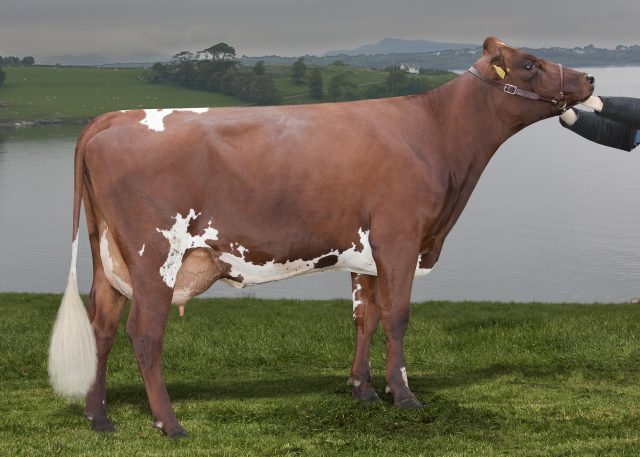Type the name of the breed you're looking for below
[wpdreams_ajaxsearchlite] Don't see the breed your're looking for? Click here and let us know!
Norwegian Red cattle
| Place of Origin | Norway |
| Origin | This breed designation originated in 1961 when the Norwegian Red-and-White, Red Trondheim and the Red Polled Østland. Later in 1963 the Døle was also absorbed into the designation and in 1968 South and West Norwegians were added. Others breeds which have been said to contribute to the gene pool include Ayshires, Swedish Red-and-Whites, Friesians and Holsteins. By 1975, 98% of the Norwegian national herd belonged to this designation. Using the classical definition the Norwegian Red cannot be considered a breed. It is an amalgamation to develop superior strain of dual-purpose cattle. With time and selection this designation may develop into a breed but this is not the case yet. Cows are selected for milking potential, rate of milk flow and fertility, while bulls are selected on the basis of performance in a rate-of-growth test. In Norway they are also known by the name Norsk rodt fe. |
| Purpose | Norwegian Red is a breed of dairy cattle and are noted for their hardiness and the richness of their milk. |
| Appearance | Norwegian Red cattle do not express the external uniformity seen in a true breed, although they are red or red-pied for the most part. |
| Horns | Norwegian Reds may be either polled or horned. Currently 50% of the calves in Norway are born polled (genetically without horns). Systematic selection of polled sons after polled elite sires during recent years have increased the frequency of polled animals. It is expected that Norwegian Red (NRF) breed will become a polled breed within the next 20-25 years. |
| Cows Average Weight | 600 - 700 kg (1,323 - 1,543 lbs) |
| Bulls Average Weight | 900 kg (2,000 lbs.) |
| Other Considerations | Production in the best herds exceeds 10,000 kilograms (22,000 lb), with the top cows milking more than 16,000 kilograms (35,000 lb). Growth traits are also included in the index, and young sires for progeny testing have a growth rate of approximately 1.4 kg/day. Health traits have been included in the net merit index since 1978. Currently mastitis and other diseases (in particular ketosis) are included in the breeding programme. Although these are low heritability traits, progeny testing based on a high number of daughters provides a selection index with high accuracy. Progeny testing for mastitis is currently based on approximately 300 daughters. |



